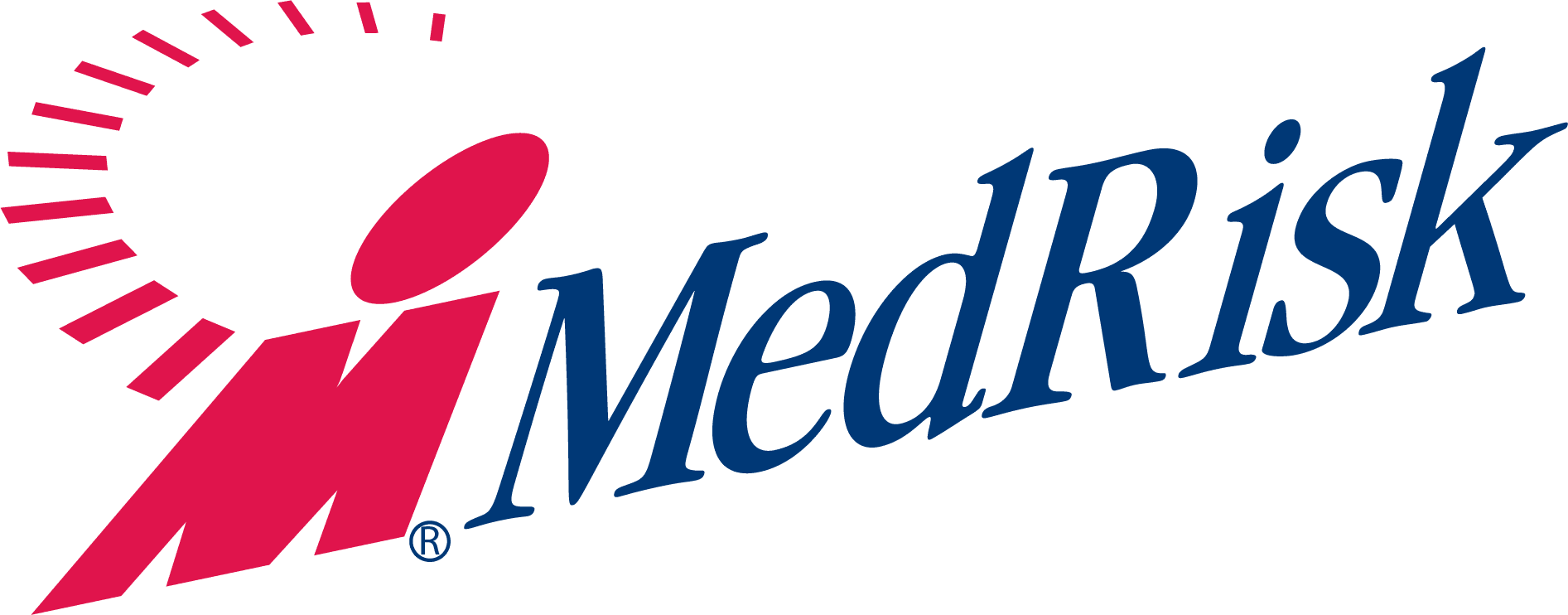Which psychometric tools can help physical therapists identify psychosocial barriers to recovery? A recent article offers recommendations.
Physical therapy has increasingly become the first-line therapy for musculoskeletal injury; however, PTs vary significantly in their approach to identifying risk factors for chronic pain and disability. Research suggests that the most important prognostic factors are psychosocial and can include depression, anxiety, fear of reinjury and pain catastrophizing.
A 2019 article published in the Journal of Applied Biobehavioral Research reviewed six psychometric tools and made recommendations for how and when they might best be employed in a physical therapy setting.
The authors’ review covered the following psychometric tools:
- Multidimensional psychosocial assessment tools
- Keele Subgroups for Targeted Treatment Back Screening Tool: a nine‐item tool that can be particularly useful in stratifying risk for lower back pain (LBP) patients
- Optimal Screening for Prediction of Referral and Outcome Yellow Flag (OSPRO‐YF): a streamlined 17‐item questionnaire to help determine the presence of specific yellow flags in patients presenting for PT intervention
- Unidimensional psychosocial assessment tools
- Pain Catastrophizing Scale (PCS): originally developed for use with healthy individuals, this 13‐item questionnaire PCS has been primarily studied in patients presenting to outpatient PT and in the orthopedic postsurgical setting
- Tampa Scale of Kinesiophobia: developed to measure fear of movement in chronic pain patients presenting for behavioral rehabilitation; used in acute LBP and other acute pain populations
- Pain Self‐Efficacy Questionnaire: a 10-item questionnaire developed to measure an individual’s beliefs about their ability to participate in social activity and accomplish their goals in light of pain; originally used with chronic LBP patients, now validated for patients with chronic neck pain, upper limb pain, lower limb pain and fibromyalgia
- Patient Health Questionnaire: a nine‐item questionnaire that measures the severity of an individual’s depression based on Diagnostic and Statistical Manual of Mental Disorders, Fourth Edition (DSM‐IV) criteria
The authors assert that these clinical tools may provide important prognosis insights and help inform PTs on whether a psychologically-informed treatment platform is indicated. Likewise, MedRisk is dedicated to helping PTs determine if yellow flags are contributing factors in patient presentation and uses the Orebro Short Form (OMPSQ-SF) during PT consultation with injured workers in advance of scheduling.
Click here to read the complete article.
Van Wyngaarden JJ, Noehren B, Archer KR. Assessing psychosocial profile in the physical therapy setting. J Appl Behav Res. 2019;24:e12165. https://doi.org/10.1111/jabr.12165



